B&M appeased investors somewhat with its full-year trading update today, but it can’t keep relying on opening new stores for sales growth.
Having already adjusted down its earning guidance twice since the start of 2025, it didn’t repeat the cardinal sin of overpromising and under-delivering. Full-year adjusted EBITDA is expected to be above the midpoint of its latest guidance range of £605m-£625m.
“Today’s update helps extend a recent relief rally in the shares as the company narrows the guidance given in a recent profit warning,” says AJ Bell investment director Russ Mould.
However, investor patience will run out if something is not done soon to get like-for-like sales back into growth at B&M UK, which accounts for 80% of group revenue.
Group revenue was up by 3.7% to £5.6bn in the 52 weeks to 29 March, while total B&M UK sales rose by 3.8%. B&M UK can thank the 45 new stores it opened in the year for this, since sales in its existing estate were down by 3.1% in the year, and 1.8% in the fourth quarter.
“Significantly, the company needs to arrest the continuing decline in UK like-for-like sales if it is to rebuild confidence and credibility with the market,” says Mould.
That challenge is not looking any easier after today’s update pinpointed the decline in quarter four to the fmcg category, in contrast to general merchandise, where like-for-like sales were up. Action is underway to turn around the like-for-like fmcg decline, according to the update.
Margin pressure
But winning more sales in fmcg could call for investment in prices, and that will mean pressure on margins, thanks to the competitiveness of the discounters and B&M’s lack of an answer to Tesco Clubcard and Sainsbury’s Nectar.
“B&M has struggled to keep pace with grocers, such as Tesco, who have aggressively invested in price and value perception during the cost of living crisis, leaving its fmcg proposition increasingly exposed and less competitive in attracting and retaining consumers,” says GlobalData associate retail analyst Emily Scott.
“Not having a loyalty scheme is likely to have contributed to shopper drift toward supermarkets,” she adds.
Shore Capital research analyst David Hughes says: “The UK grocery market remains a highly competitive space, with the introduction of Clubcard Prices and Nectar Prices improving the price perception of the two market leaders.
“With Asda being highly vocal about upcoming price investment and the return of Rollback, the competitive situation looks set to continue to be challenging, posing a risk to B&M’s margins if it needs to make similar price investment to maintain its relative price position.”
Mould says: “This trend suggests B&M’s competitive position remains quite vulnerable amid pressure from other discount specialists and the supermarket sector. The company continues to target an ambitious rollout of new stores, but unless it is able to grow organically then scepticism is likely to linger among investors.”
There is also the question of what is going on at Heron Foods, B&M’s frozen food chain, where overall revenues fell 0.6% in the 52 weeks, despite 14 new stores opening.
“The value-led Heron format may require reassessment, particularly in a challenging economic environment that should, in theory, favour value-oriented propositions,” says Scott.
It won’t be helping that B&M has had a vacancy for a CEO since Alex Russo’s retirement in February, though the search for one is making progress, according to the update, with an announcement due “in the coming weeks”.
Mould sees a silver lining for the newcomer, at least. “One factor which plays in the favour of whoever takes charge is, thanks to its disappointing recent performance, upcoming trading may be flattered by comparison,” he says.



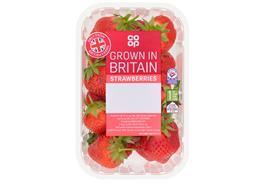

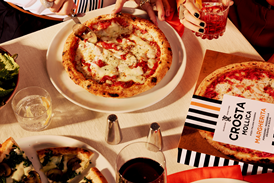

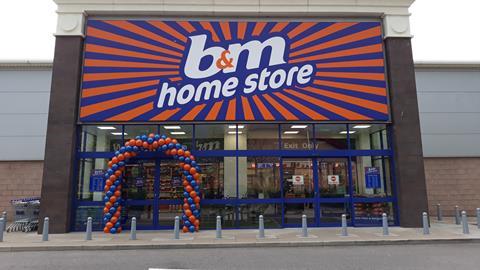

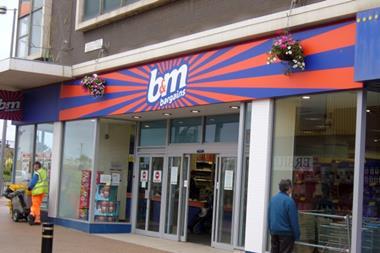
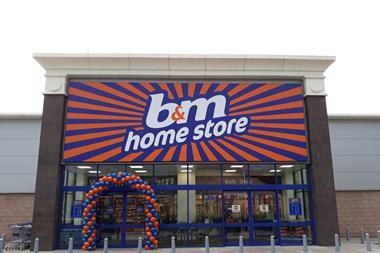

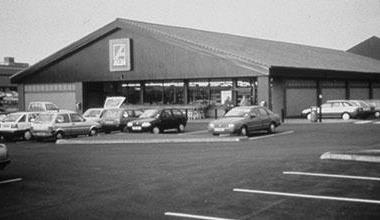
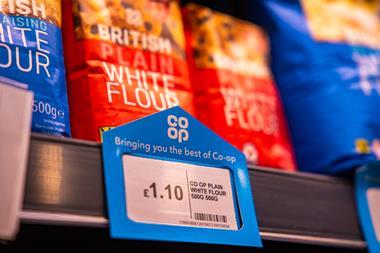
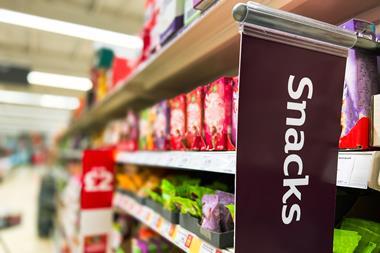


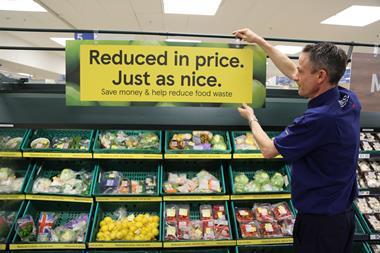


No comments yet